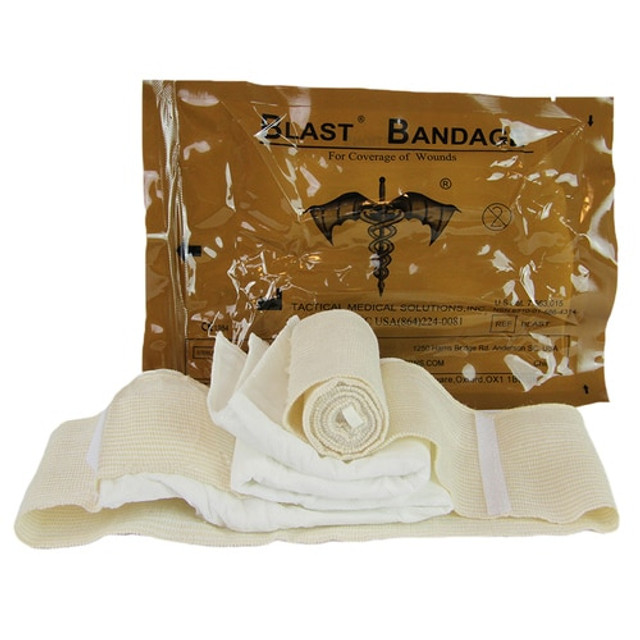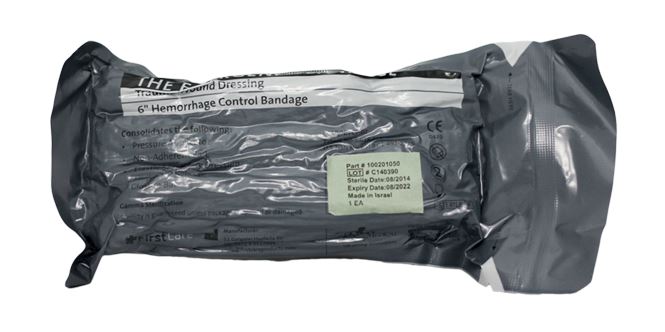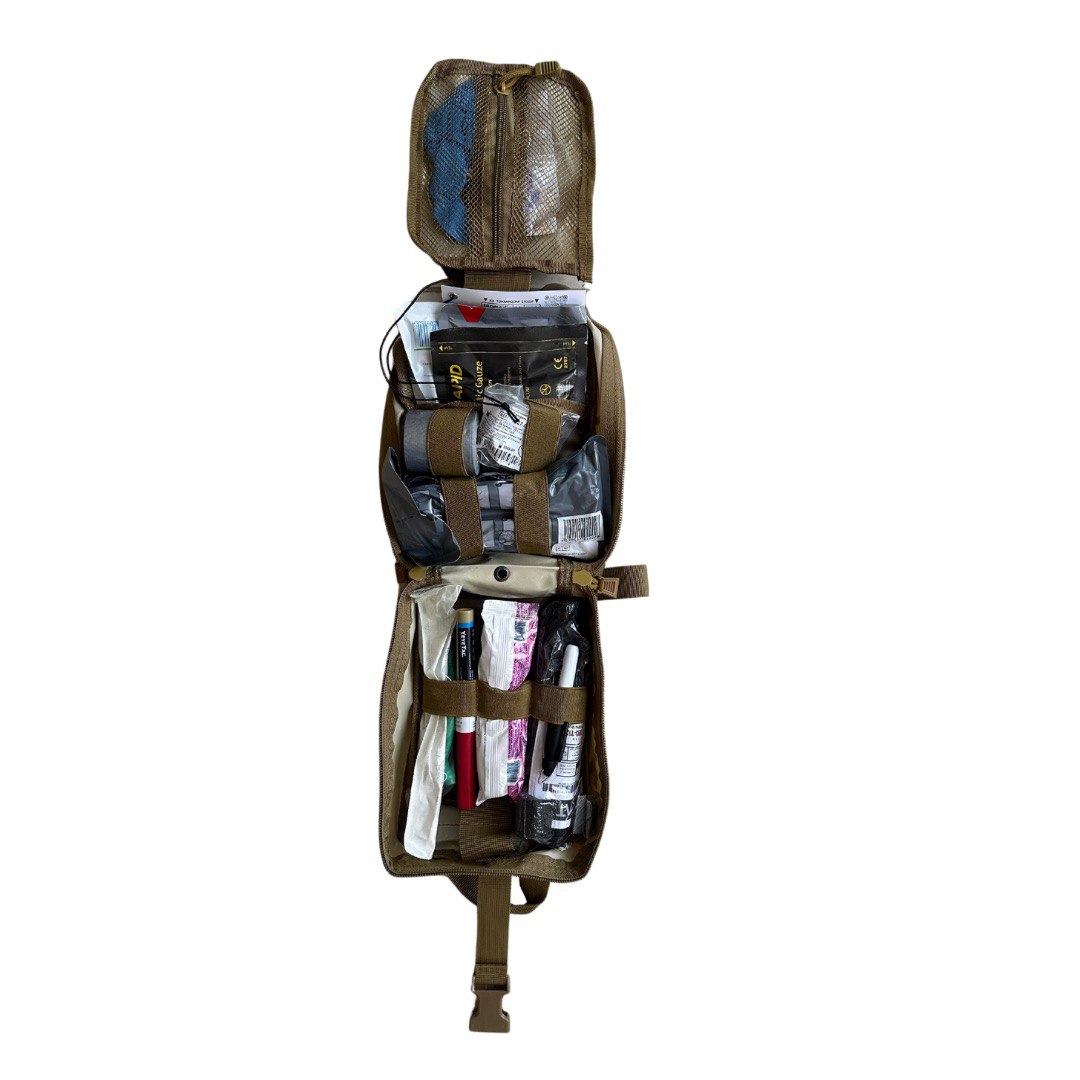What should be in a first aid kit for a bomb shelter?
Content
- What are the types of shelter kits?
- First aid kits for shelters and protective structures
- First aid kits for classrooms
- Recommendations and norms of the Ministry of Health for a first aid kit in a bomb shelter
- What not to put in your first aid kit!
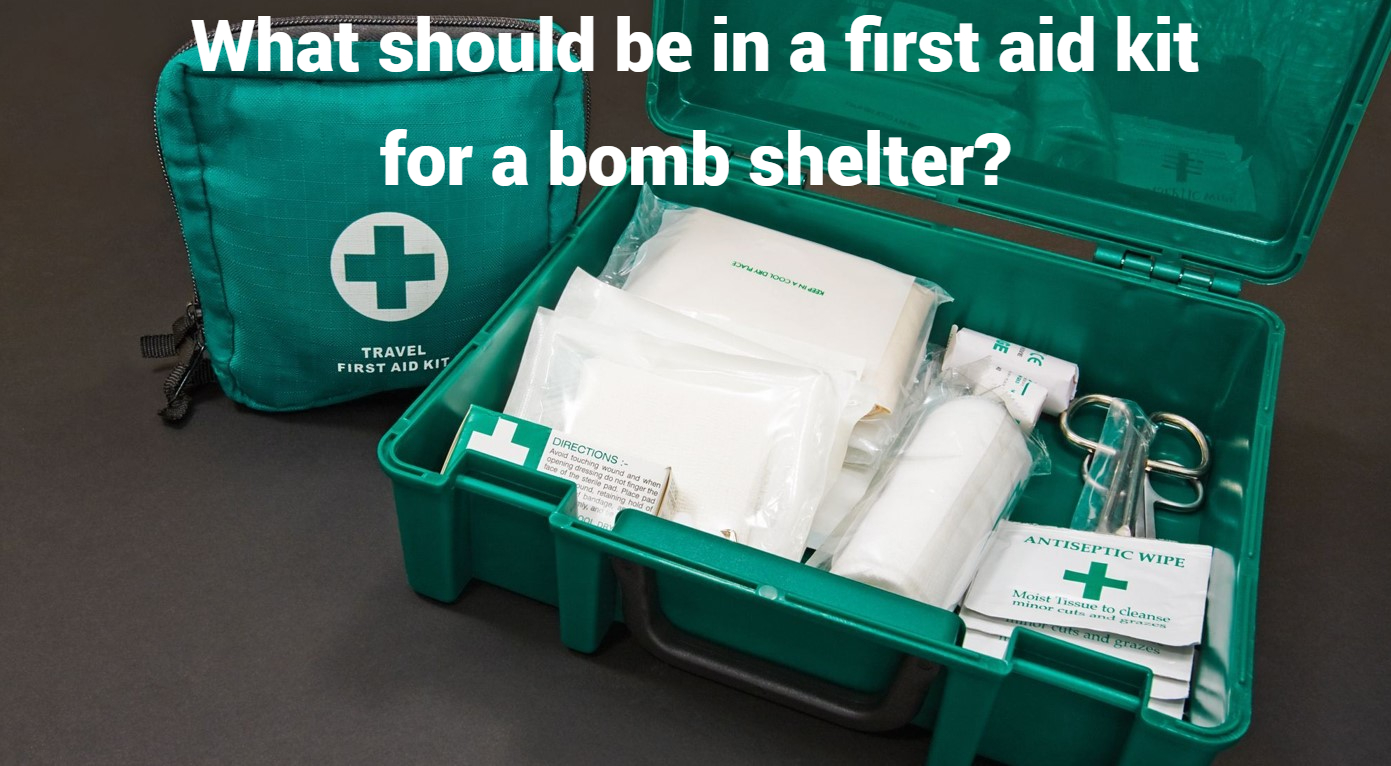
The importance of emergency preparedness and security is extremely high. In today's world, where threats can emerge at any time, it is critical to have the right protection and means to assist in a crisis.
One of the key elements of such preparedness is the availability of an emergency first aid kit. The components of the first aid kit should be selected in such a way as to provide the necessary first aid at a critical moment, taking into account the specific aspects of potential hazards and limitations in the emergency situation.
What are the types of shelter kits?
Shelter kits are an important element of emergency preparedness that can make a significant difference in ensuring safety and providing care in critical situations. Whether in the face of bomb threats, natural disasters or terrorist attacks, having a shelter kit can help reduce risks and maximise emergency response.
It is important that each type of shelter kit is adapted to the specific needs and conditions of the area. The optimal composition and size of the kit is determined by factors such as the number of personnel, possible risks and space limitations of the shelter. Properly organised and maintained shelter kits can provide reliable protection and assistance in the most dangerous situations.
Next, let's take a closer look at the types of first aid kits and what they should contain.
First aid kits for shelters and protective structures
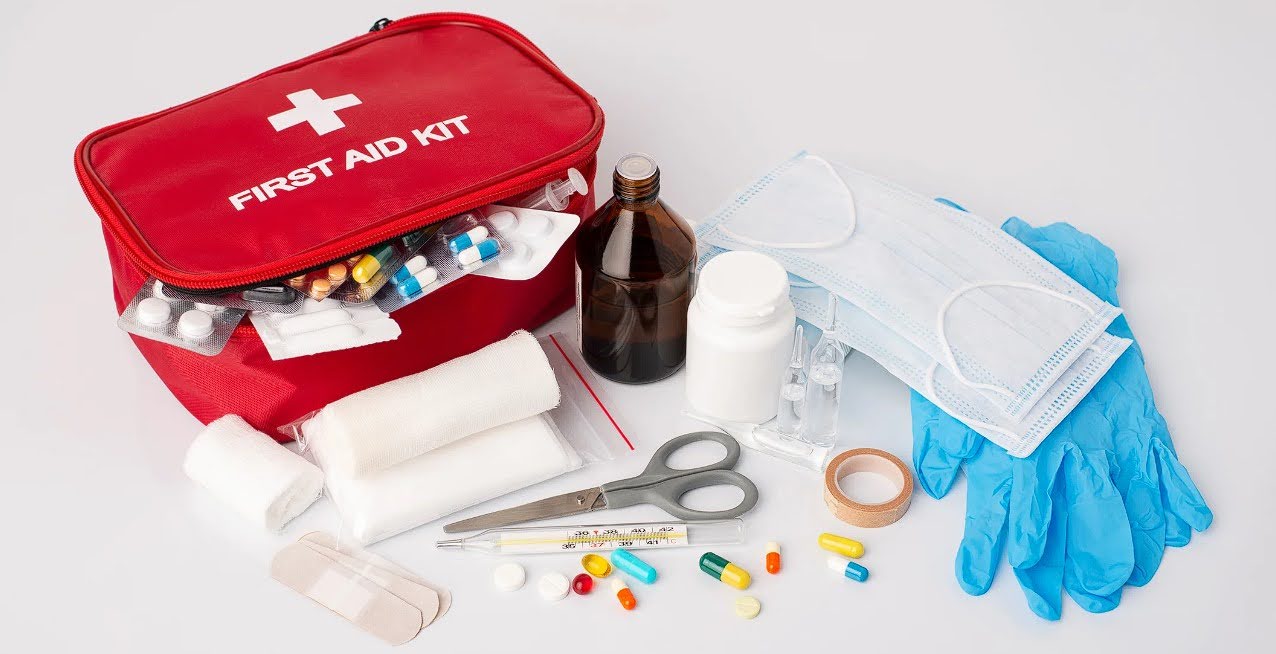
First aid kits for shelters and protective structures are an important part of emergency preparedness. They provide a necessary backup in cases where access to conventional medical facilities may be difficult.
According to Order No. 579 of the Ministry of Internal Affairs of Ukraine dated 09.07.2018, such first aid kits contain not only the necessary medical materials, but also tools for first aid in emergency situations.
The contents of these kits are carefully selected to meet the needs of shelters and protective structures in different situations. They contain bleeding control products, antiseptics for wound treatment, painkillers and fever-reducing medicines, as well as materials for fixing injuries.
For example, the Collective Medical First Aid Kit for Defensive Structures, according to the Ministry of Internal Affairs Order No. 579 of 09.07.2018, has a carefully thought-out composition. It includes bleeding control products, such as bandages and tourniquets, as well as wound care products, such as antiseptic solutions. The kit also contains splints for fixing limbs and other necessary materials to help the injured.
These first aid kits are an important means of ensuring safety and medical protection in emergency situations. They allow you to respond effectively to unforeseen circumstances and provide the necessary assistance to those in need.
The second set includes a variety of medical supplies for providing medical assistance in various emergency situations:
- Medicines for pain relief: contains medicines such as drotaverine, paracetamol, acetylsalicylic acid and analgin, which can help relieve various types of pain.
- Heart medicines: this kit includes captopril and nitroglycerin, which can be important for helping people with heart problems in case of emergencies.
- Poison control: the kit contains loperamide and activated charcoal, which can be useful in helping people with poisoning.
- Ophthalmology products: to help with eye damage, such as sulphacil are included.
- Supplies and attachments: The kit also includes essential items such as gloves, powder, naphthyzine, syringe, glucose solution, thermal blanket, scissors, thermometer, first aid guide, list of attachments, certificate and storage case.
First aid kits for classrooms
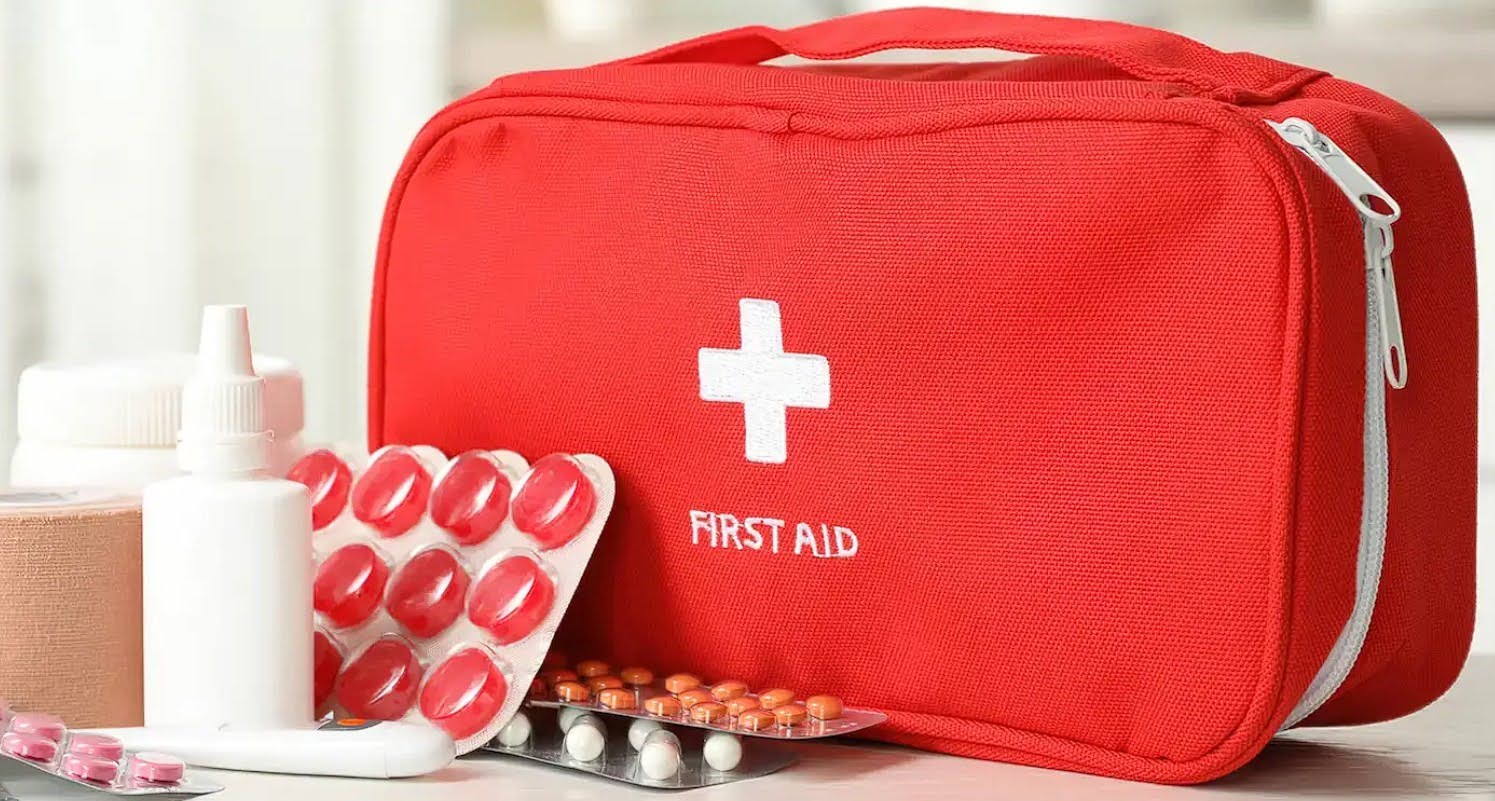
First aid kits for classrooms are a key element of safety and health care in schools. They are designed to provide first aid to students and staff in case of injury or emergency.
In addition, there are several key aspects to the availability of first aid kits in schools:
- Immediate response: First aid kits allow you to respond quickly to accidents, which helps reduce the risk of serious complications.
- Prevention of complications: The medicines in the first aid kits help prevent infections in the event of cuts and stop bleeding in time.
- Educational role: The presence of first aid kits in schools has an educational function, teaching students the basics of first aid and how to take responsibility for their own health.
Thus, first aid kits are an essential component of the safety and well-being of students in educational institutions, and their proper availability and use can have a significant impact on the health and safety of children.
The complete set of a medical first aid kit for a classroom includes:
| First set contents | Second set contents |
|---|---|
| Rubber tourniquet - 1 pc | Elastic band mask - 1 pc |
| Vaseline 30 g - 1 pc | Sterile bandage (5 m x 10 cm) - 2 pcs |
| Bactericidal adhesive plaster (on PVC base) 2.5 x 7.6 cm - 5 pcs | Cotton swabs - 2 pcs |
| Medical plaster (cotton) 2 x 500 - 1 pc | Blunt-ended scissors - 1 pc |
| Non-sterile bandage (5 m x 10 cm) - 2 pcs | Gloves - 1 pc |
| Non-sterile cotton wool 50 g - 2 pcs | 200mm tweezers - 1 pc |
| 1% Diamond Green Solution 20 ml - 1 pc | First Aid Manual - 1 pc |
| Sterile wound dressing (7.5 cm x 7.5 cm) - 5 pcs | Contents list - 1 pc |
| Iodine solution 5% 20 ml - 1 pc | Antimicrobial gel dressing "OpiqUn" (5 x 5 cm) - 1 pc |
| Hydrogen peroxide 3% 40 ml - 1 pc | Plastic box "12", 31 x 17 x 13 cm - 1 pc |
Recommendations and norms of the Ministry of Health for a first aid kit in a bomb shelter
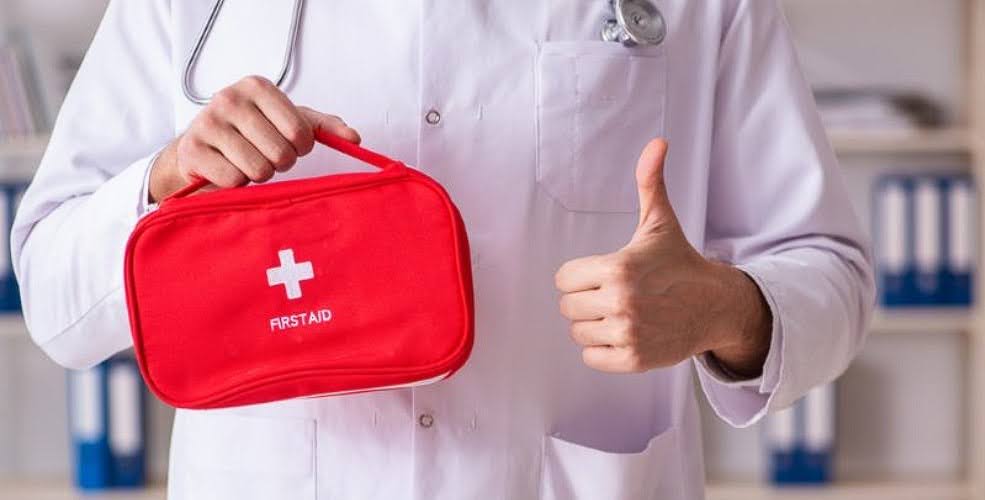
The Ministry of Health emphasises the importance of having a ready and tested shelter in time of war where you can stay during air raids. In addition to the necessary warm clothes and food, it is important to have a first aid kit for everyday needs.
It is recommended to conveniently put it in a special bag or cosmetic bag. Such a first aid kit contains a variety of plasters, activated charcoal for poisoning, fever-reducing agents, painkillers and anti-allergic medicines.
In addition, it includes medicines for diarrhoea and gastrointestinal diseases, and eye drops for infectious and inflammatory diseases. You are also reminded of the importance of having personal medicines with a description of the method of administration and dosage for at least a week.
In addition, it is recommended to have a supply of masks and a thermometer in case of illness. In case of chronic illnesses and systematic treatment, it is necessary to bring your own medicines.
What not to put in your first aid kit!
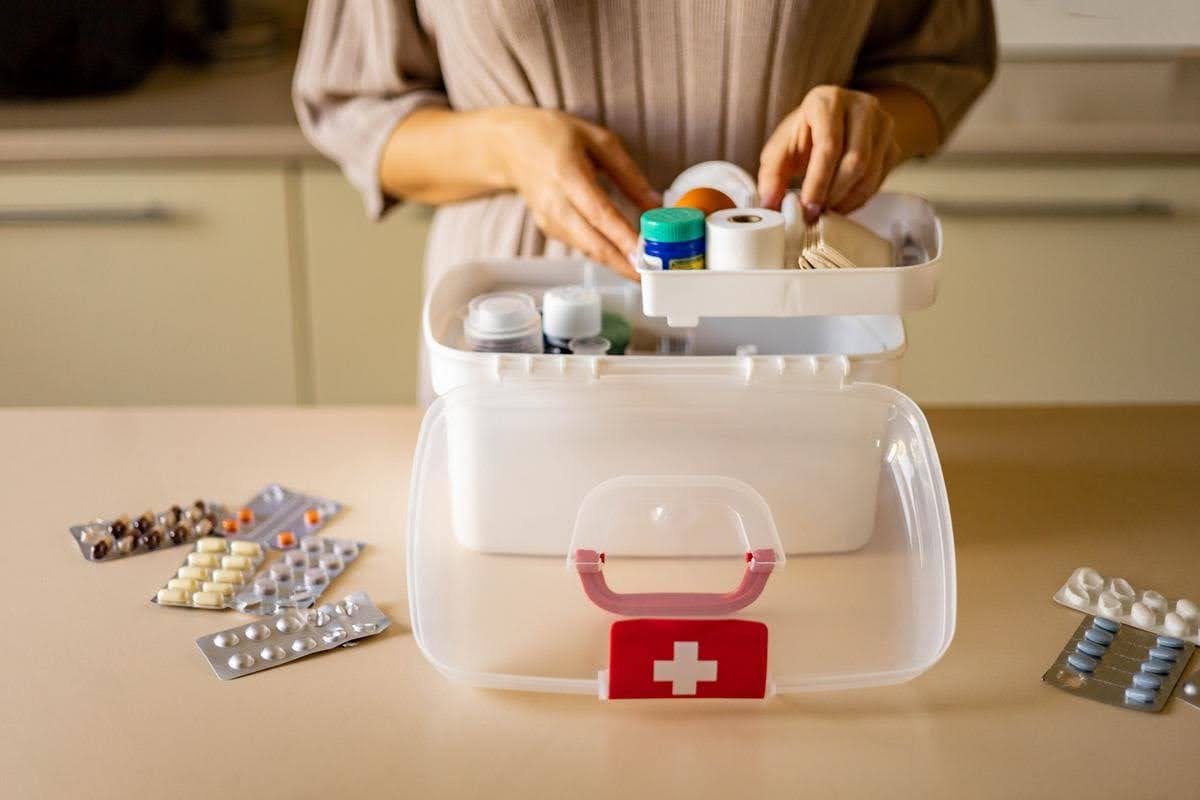
When compiling a first aid kit, it is important to keep in mind that some items and medicines may not only be unnecessary, but even harmful in case of emergency.
Here are some of them:
- Expired medicines: The use of expired medicines can lead to negative health consequences, as their effectiveness may be reduced or even lost.
- Medicines without appropriate labelling: Unknown medicines, or those that are not clearly labelled as to their composition and dosage, can pose a health risk if used incorrectly.
- Medicines that you do not use regularly: Non-specific medicines, or those that you do not use on a daily basis or as needed, can take up space in your medicine cabinet unnecessarily.
- Large volumes of medicines: Too much medication can make it difficult to store the kit and weigh more than necessary during evacuation or travel.
- Herbal medicines, dietary supplements, and homeopathy: Products in these categories may not have sufficient clinical support for their effectiveness and safety. In the case of emergencies where immediate medical attention is required, it is better to rely on classical medicines with proven efficacy.
When assembling a first aid kit, you should avoid including these items to ensure its effectiveness and safety during emergencies.
